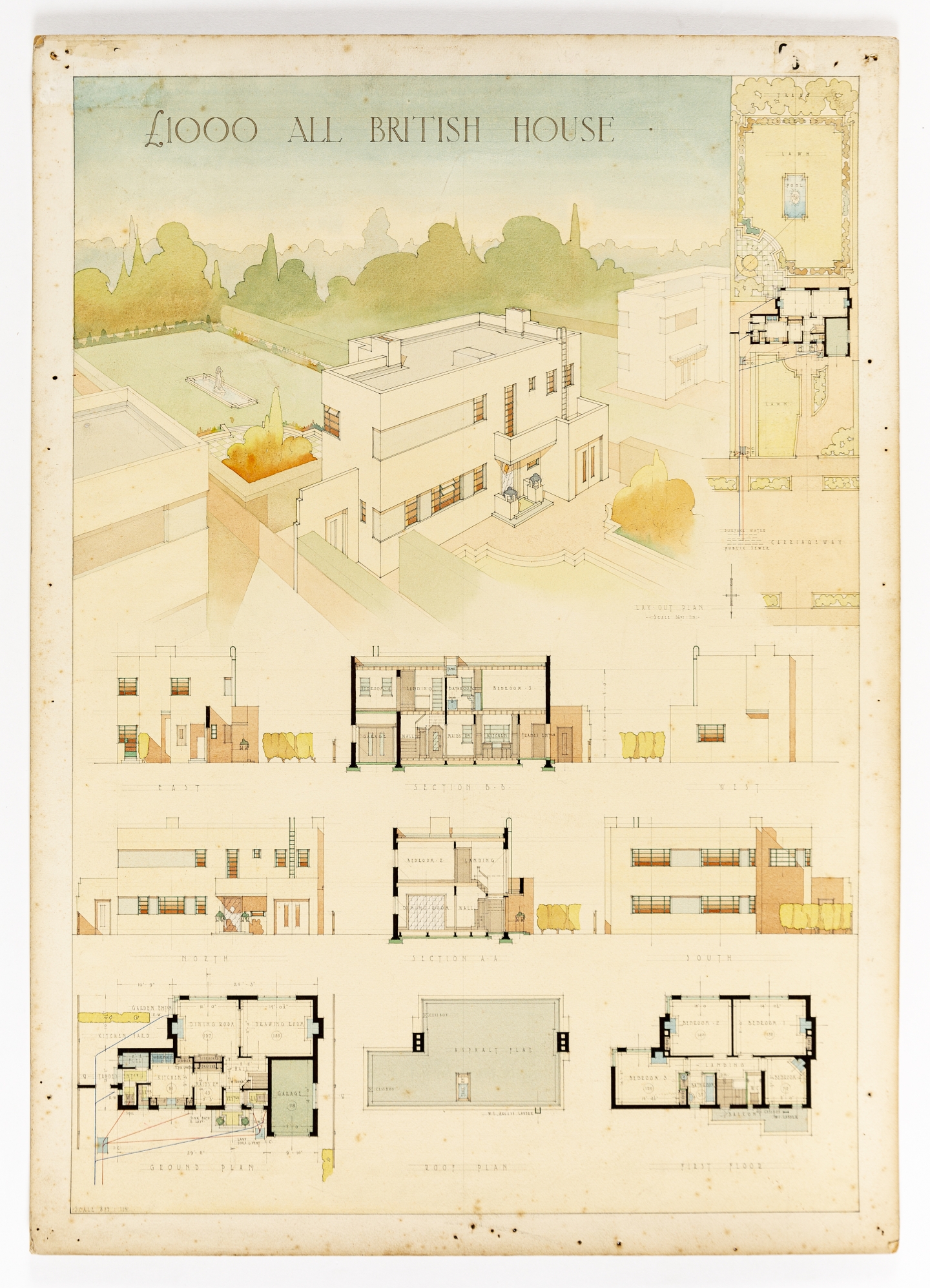From Drawing to Text
Philippa Lewis

This lecture imagines how we tell stories from architecture by closely studying twenty-five architectural drawings from the several thousand in the Drawing Matter Archive in Somerset (UK)—the most recent from 1970 America, the oldest from Italy in 1780; some are anonymous works, others by architects famous or otherwise. Clearly, all were created with a purpose, but what were the intentions of the creators? What were the reactions of the onlookers— maybe clients, developers, builders, or just idlers? What is the human backstory? What is their social context? Avenues for historical research are wonderfully varied and can throw up unexpectedly surprising information. Clearly, we can only surmise, but research and imagination can lead us to create a plausible history. This in turn allows us to see the work not merely as a representation of a building but as a space to be inhabited by people.
Philippa Lewis studied history of architecture and the decorative arts; worked as a picture researcher and picture edi- tor for a wide range of publishers, on historical documentaries for TV, and on compilations of historical photography and ephemera. Her authored books include A Dictionary of Ornament (with Gillian Darley); Details, A Guide to House Design in Britain; Everything you can do in the Garden without actually Gardening; and Everyman’s Castle, the Story of our Cottages, Country Houses, Terraces, Flats, Semis and Bungalows. She is cofounder of and photographer for Edifice, a stock photo library of architecture specializing in the illustrations of building types, period style, material, and detail; this was acquired by Historic England in 2015. For the past five years she is contributor to the database of Drawing Matter Archive of Architectural Drawings, from which the drawings in Stories from Architecture were chosen.
The Berlage Sessions, a seven-part seminar series entitled “Architecture’s Transpositions,” examines the mediatic disciplinary transfers, from sixteenth-century abstracted geometries to twenty-first-century augmented realities. Topics will include the digitization of maps, the creation of digital replicas of landscapes, the modelling of multisensory extended reality experiences, the framing and photographing of buildings, and the imagined histories of architectural drawings and models.